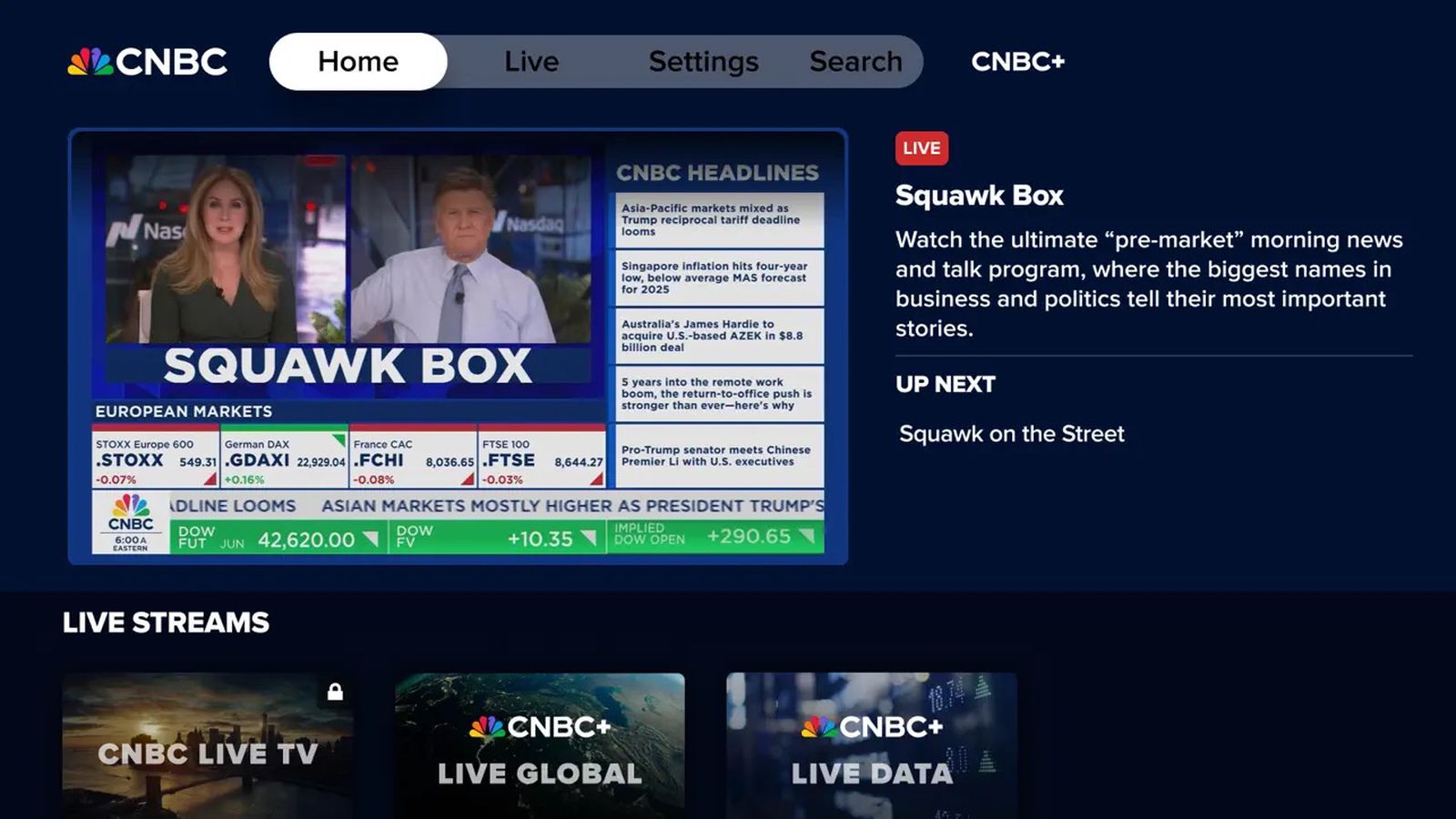The growth of the solar photovoltaic (PV) market is driven by several factors, including favorable government policies supporting sustainability, increasing consumer concerns about the environment, growing demand for renewable energy, and the rising need to mitigate climate-related disruptions.
More HeadlinesPVH USA Champions Domestic Manufacturing to Advance U.S.Energy Independence Briggs & Stratton SimpliPHI" 6.6 Battery Passes Rigorous Dynamics Testing
EnergyHub Partners with GM Energy to Expand Access to Utility Grid Programs for EVs and Home Energy Storage Energy Vault Signs 10-year, 30+ GWh Licensee and Royalty Agreement with India's SPML Infra to Manufacture and Deploy the B-Vault Battery Energy Storage Technology Platform for the Indian Market Higher Efficiency, Ultimate Safety: Sungrow Reveals Its New Range of C&I PV Inverters Compatible with Optimizers at Solar & Storage Live London 2025ArticlesA Review of Recent Advances in Metal Recovery through Hyperaccumulator Phytomining How New Leaf Energy Uses Anza’s Module Data to Improve Its Solar Development Design Process Common Misconceptions about Integrating a Battery with a Solar System Preparing for change - Resistors help to get the most out of wind power Automotive Electrification Movement
Energy independence has become a key priority for many countries, and solar energy plays a crucial role in achieving this goal.Countries that depend on imported fossil fuels face geopolitical risks, price fluctuations, and supply chain disruptions.
Solar energy offers a reliable, locally sourced alternative that is not influenced by external factors.By installing solar panels, homeowners can generate their own electricity, reducing their dependence on the grid and potentially lowering utility costs.For instance, the Solar Energy Industries Association (SEIA) and Wood Mackenzie predicted that solar would account for 53% of new electric generating capacity in 2023, representing over half of all annual capacity additions.
Expanding solar infrastructure can help nations reduce foreign energy dependence, enhance energy security, and stabilize their economies.This drive for energy independence is motivating both individuals and governments to invest in solar energy as a sustainable long-term solution to their energy needs. Get sample copy@ https://www.cervicornconsulting.com/sample/2493 The U.S.solar photovoltaic (PV) industry is forecasted to be a major market disruptor, with a 95% market share.
The U.S.government is actively supporting the solar PV sector through various incentives and regulations aimed at reducing carbon emissions and expanding renewable energy production.These incentives include subsidies, tax credits, grants, and rebates, which help consumers finance solar energy projects.
For example, the Inflation Reduction Act (IRA) offers a 30% tax credit for projects under 1MW or those that meet prevailing wage and apprenticeship conditions.Additionally, the U.S.has set ambitious renewable energy targets, encouraging the growth of solar power as a primary clean energy source.
These policies are making solar PV an increasingly affordable and viable option for homeowners, businesses, and large-scale energy producers. Solar Photovoltaic (PV) Market Trends: Government Incentives and Policies Globally, government bodies are introducing financial incentives, such as rebates, feed-in tariffs, tax credits, and subsidies, to reduce the upfront costs of solar photovoltaic installations.Policies like net metering, which allows commercial and residential solar system owners to sell excess electricity back to the grid, are also being implemented.Furthermore, governments are setting strict regulations to cut carbon emissions and establish renewable energy targets, which are fueling the growth of the solar PV market.
In India, for instance, the National Institute of Solar Energy (NISE) estimates the country's solar potential at 748 GW, assuming solar PV modules cover just 3% of underutilized land.Solar energy has become a central focus in India's National Action Plan on Climate Change, with the National Solar Mission (NSM) being a key initiative.India's Nationally Determined Contributions (NDCs) aim for 50% of total electricity capacity to come from non-fossil fuel sources by 2030, along with a 45% reduction in emissions from 2005 levels.
These policies are encouraging both residential and commercial solar adoption, as well as attracting significant investments from utility providers and corporations. Technological Advancements Technological innovations, such as improvements in solar panel efficiency that allow more electricity to be generated from the same amount of sunlight, are significantly boosting market growth.For example, researchers at the University of Surrey in the UK developed ultra-thin solar panels made from organic materials that can be printed on demand.These panels can absorb 25% more energy compared to traditional silicon-based solar PV cells.
Additionally, researchers from the ARC Centre and UNSW Sydney have found ways for solar PV cells to work at night by using infrared technology, enabling them to store excess energy for use when sunlight is unavailable. Environmental Awareness and Climate Change Concerns As consumers become more aware of the environmental impact of fossil fuels, the demand for solar photovoltaic (PV) systems continues to rise.Key industry players are focusing on improving designs and adopting new materials, which is further driving market growth.For instance, research from the University of Sharjah found that recycling solar cell components and enhancing PV designs could reduce greenhouse gas emissions by up to 42%.
By developing new materials with improved properties, extending the lifespan of solar cells, eliminating hazardous components, and carefully selecting installation sites, the environmental impact of solar PV systems can be significantly reduced.These measures help minimize solid waste, conserve water resources, and further fuel the growth of the solar PV market. Segmental Analysis Mono-Si Segment in Solar Photovoltaic (PV) Market The mono-crystalline silicon (Mono-Si) segment leads the global solar photovoltaic market, holding an estimated 69% market share in 2024.This dominance is attributed to the high efficiency and superior performance characteristics of Mono-Si technology, with power output levels reaching up to 23%.
Growth in this segment is driven by ongoing technological innovations, improved manufacturing processes, and increased demand from utility-scale solar projects.Leading manufacturers are focusing on expanding production capacities and developing more efficient products to meet growing demand.Mono-Si's popularity is particularly notable in space-constrained environments, where maximum power output per unit area is crucial, making it a preferred option for both residential and commercial applications. Thin Film Segment in Solar Photovoltaic (PV) Market The thin-film segment is rapidly emerging as the fastest-growing area in the solar PV market, with projections indicating significant growth from 2024 to 2029.
This rise is primarily driven by technological advancements that have enhanced the efficiency and lowered production costs of thin-film modules.Thin-film technology is becoming increasingly popular due to its flexibility in applications, particularly in building-integrated photovoltaics (BIPV) and large-scale utility projects.Advantages such as better performance in high-temperature and low-light conditions make it ideal for regions with diverse weather patterns.
Manufacturers are investing in R&D to further improve efficiency and reduce costs, which is expected to continue fueling growth in this segment. Multi-Si Segment in Solar Photovoltaic (PV) Market The multi-crystalline silicon (Multi-Si) segment continues to play a significant role in the solar PV market, offering a balance between cost and performance.Multi-Si technology is particularly popular in price-sensitive markets and large-scale utility projects, where the cost per watt is a crucial factor.This segment benefits from established manufacturing processes and a mature supply chain, making it an attractive option for many solar installations.
Although Multi-Si faces competition from Mono-Si in terms of efficiency, it remains a viable choice for projects where cost-effectiveness is prioritized.Continuous improvements in manufacturing processes and cell efficiency ensure its relevance, albeit at a slower pace compared to other technologies. Segment Analysis: End-User Utility Segment in Solar Photovoltaic (PV) Market The utility segment continues to dominate the global solar photovoltaic market, commanding approximately 61% of the market share in 2024.This dominant position is driven by the growing development of large-scale solar farms and utility-scale projects worldwide.
The segment's growth is supported by declining technology costs, improved grid integration, and favorable government policies that encourage utility-scale solar installations.Key regions such as China, India, the United States, and Europe are seeing significant investments in utility-scale projects as they strive to meet renewable energy targets.Additionally, the adoption of power purchase agreements (PPAs) and innovative financing models has made large-scale solar projects more financially feasible. Residential Segment in Solar Photovoltaic (PV) Market The residential solar segment is rapidly growing, with strong expansion projected from 2024 to 2034.
This growth is driven by increased consumer awareness of renewable energy benefits, falling installation costs, and advancements in energy storage solutions for homes.Government incentives and subsidies specifically targeting residential solar systems have accelerated adoption.Additionally, innovative financing options such as solar leasing and power purchase agreements have made solar installations more accessible to homeowners.
The rise of smart home technologies and the growing trend of energy independence are further fueling growth in this segment, along with the increasing focus on sustainable living and rising electricity costs in many regions. Remaining Segments in End-User Segmentation The commercial solar segment plays a vital role in bridging the gap between utility-scale and residential solar installations.This segment includes solar systems installed on commercial buildings, industrial facilities, schools, hospitals, and government structures.Growth in the commercial sector is driven by businesses seeking to lower operational costs, meet sustainability goals, and fulfill corporate environmental responsibilities.
Commercial buildings often have ample roof space, making them ideal for solar PV installations.Moreover, this sector serves as a testing ground for new solar technologies and business models, often scaling them to utility-level applications or adapting them for residential use. Segment Analysis: By Deployment Ground-mounted Segment in Solar Photovoltaic Market Ground-mounted solar PV installations remain dominant in the global market, accounting for approximately 57% of total installed capacity in 2024.This dominance is driven by utility-scale projects that benefit from economies of scale, reduced installation costs, and higher operational efficiencies.
Ground-mounted systems are particularly popular in emerging markets such as China, India, and Brazil, where large expanses of land are available for solar farms.These installations optimize panel orientation and tracking systems, improving energy yields.Technological advancements in mounting structures, land utilization, and bifacial module technologies have further enhanced system performance.
The growing adoption of advanced tracking systems and smart monitoring solutions has also contributed to the efficiency and reliability of ground-mounted installations. Rooftop Solar Segment in Solar Photovoltaic Market The rooftop solar segment is experiencing remarkable growth, with a projected annual expansion rate of approximately 24% from 2025 to 2034.This accelerated growth is driven by favorable government policies, reduced installation costs, and growing consumer awareness of sustainable energy solutions.Technological innovations in lightweight panels, improved mounting systems, and integrated solar tiles are increasing the appeal of rooftop solar.
Commercial and industrial sectors are increasingly adopting rooftop solar to reduce operational costs and achieve corporate sustainability goals.Additionally, the development of smart energy management systems and energy storage solutions has made rooftop solar installations more attractive to property owners.Streamlined installation processes, improved financing options, and enhanced grid integration capabilities have made rooftop solar more accessible to a broader range of consumers. Solar Photovoltaic (PV) Market Geography Segment Analysis Solar Photovoltaic Market in North America The North American solar photovoltaic market is growing rapidly, driven by supportive government policies, technological advancements, and increasing adoption across residential, commercial, and utility sectors.
The United States leads the regional market with significant installations across several states, particularly California, Texas, and Florida.Canada is also expanding its renewable energy targets and implementing various incentive programs.The region benefits from a well-developed infrastructure, strong research and development capabilities, and growing corporate commitments to renewable energy adoption. Solar Photovoltaic Market in United States The United States is the dominant player in the North American solar photovoltaic market, accounting for around 91% of the region's market share in 2024.
This dominance is driven by comprehensive federal and state-level support mechanisms, including tax incentives and renewable portfolio standards.The U.S.has seen substantial growth in utility-scale installations, while residential and commercial segments also continue to expand.
The U.S.solar industry benefits from declining technology costs, improved efficiency rates, and better grid integration capabilities. Solar Photovoltaic Market Growth Trajectory in United States The U.S.solar photovoltaic sector is expected to grow at a rate of approximately 17% between 2024 and 2029.
This growth is supported by the Inflation Reduction Act, which provides significant incentives for solar installations across all segments.The country's commitment to a clean energy transition is evident through ongoing utility-scale projects, growing manufacturing capabilities, and innovative financing options.Technological advancements in energy storage integration and smart grid solutions further support the market's growth prospects. Solar Photovoltaic Market in Asia-Pacific The Asia-Pacific region is the largest and most dynamic solar photovoltaic market globally, marked by rapid technological advancements and significant manufacturing capabilities.
China leads the market with extensive manufacturing infrastructure and ambitious installation targets, followed by Japan's mature market and India's rapidly expanding solar sector.The region benefits from strong government support, falling technology costs, and rising energy demands, driving both utility-scale and distributed solar installations. Solar Photovoltaic Market in China China remains the dominant force in the Asia-Pacific solar photovoltaic market, holding an estimated 58% market share in 2024.The country's market is characterized by large-scale utility projects and growing distributed generation segments, supported by integrated supply chains, technological innovations, and strong domestic demand for renewable energy solutions. Solar Photovoltaic Market Growth Trajectory in India India is the fastest-growing market in the Asia-Pacific region, with an expected growth rate of approximately 29% from 2024 to 2029.
The growth of India's solar sector is driven by ambitious renewable energy targets, supportive government policies like the Production Linked Incentive scheme, and increased private sector participation.India's solar market benefits from abundant solar resources, decreasing technology costs, and a growing emphasis on domestic manufacturing capabilities. Solar Photovoltaic Market in Europe The European solar photovoltaic market is committed to renewable energy transition through comprehensive policy frameworks and technological innovation.Germany leads the market with significant installations and mature infrastructure, while other countries like France, Italy, and the UK contribute to the region's diverse solar landscape.
The market benefits from strong environmental policies, technological advancements, and a focus on energy independence. Solar Photovoltaic Market in Germany Germany maintains its leadership position in the European solar photovoltaic market, supported by established support mechanisms and strong technical expertise.The country's market is characterized by balanced growth across residential, commercial, and utility segments, backed by feed-in tariff programs and increasing energy storage integration. Solar Photovoltaic Market Growth Trajectory in Germany Germany continues to show strong growth potential, driven by ambitious renewable energy targets and supportive regulatory frameworks.Technological innovation, increasing energy storage integration, and sector coupling between electricity, heating, and transport sectors further support the country's solar market growth. Solar Photovoltaic Market in South America The South American solar photovoltaic market is gaining momentum, driven by abundant solar resources and rising energy demands.
Brazil is both the largest and fastest-growing market in the region, with Argentina's solar sector also developing rapidly.The region demonstrates significant potential through expanding utility-scale projects, growing distributed generation, and supportive regulatory frameworks. Solar Photovoltaic Market in Middle East & Africa The Middle East & Africa region presents substantial growth opportunities in the solar photovoltaic market, supported by excellent solar resources and a growing focus on energy diversification.Saudi Arabia is the fastest-growing market, while the United Arab Emirates represents the largest market in the region.
The region benefits from decreasing technology costs, ambitious renewable energy targets, and rising investments in utility-scale solar projects. Solar Photovoltaic (PV) Market Top Companies - First Solar Inc. - Sharp Corporation - Suntech Power Holding Co.Ltd. - JinkoSolar Holding Co.Ltd. - JA Solar Holdings Co.
Ltd.
- Trina Solar Ltd.
- Hanwha Q Cells Co.Ltd.
- Acciona SA
- Canadian Solar Inc.
- SunPower Corporation
- LONGi Green Energy Technology Co.Ltd.
Market Segmentation
By Type
- Thin film
- Multi-Si
- Mono-Si
- Others
By Installation
- Ground Mounted
- Roof Mounted
- Others
By Grid Type
- On-grid
- Off-Grid
By End user
- Residential
- Commercial
- Utility
By Region
- North America
- APAC
- Europe
- LAMEA
Purchase this premium research report@ https://www.cervicornconsulting.com/buy-now/2493
Ask here for Solar Photovoltaic Industry research study [email protected]
We push the limits in renewable energy, focusing on innovation to drive progress.
Pioneering new solutions and ground-breaking technology, and smarter ways of working to make progress for our clients and the industry.








